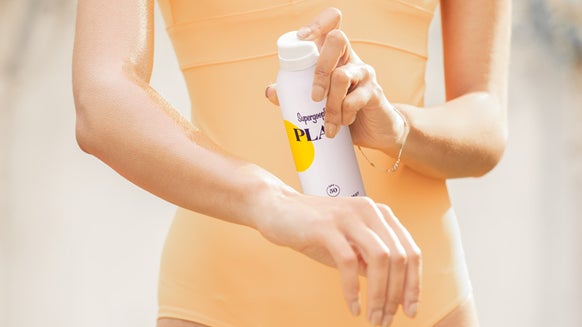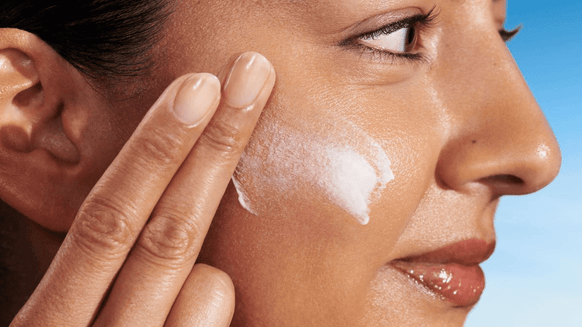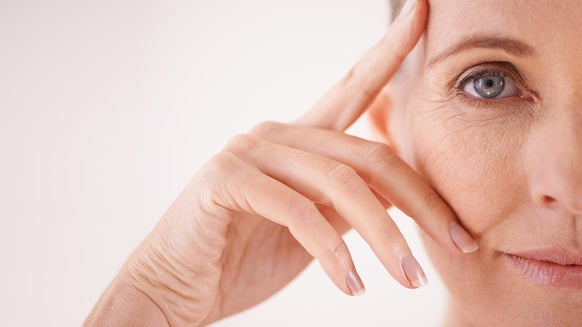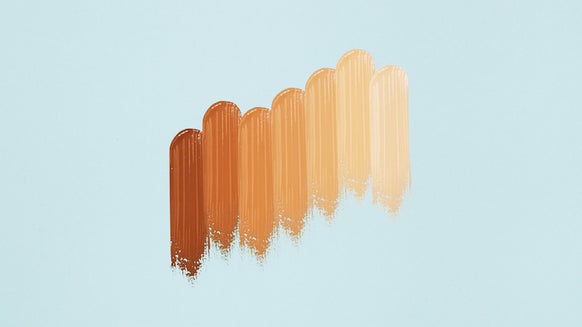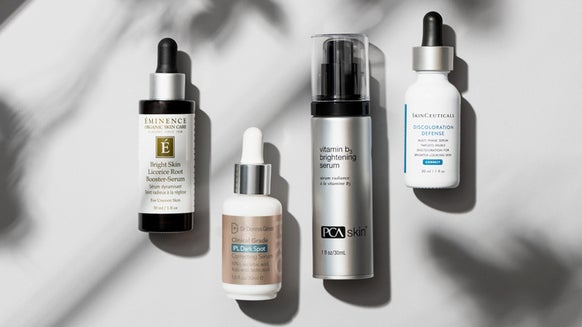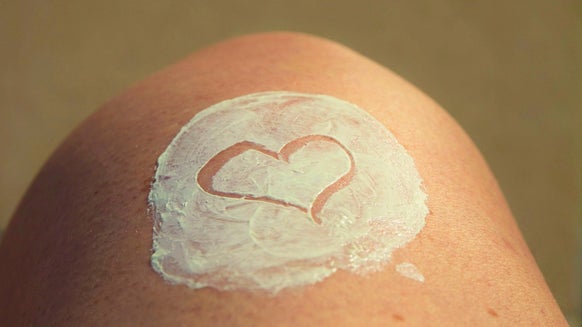The Best Non-Invasive Procedures for Putting Your Best Face Forward
When it comes to cosmetic treatments, my aesthetic has always been to do only what’s necessary and to keep those I work with looking very natural. As many have discovered, there’s a fine line between enhancing one’s appearance and going overboard. Non-invasive treatments are a reliable option to ensure that we don’t cross that line.
Some of my favorite treatments are microneedling, CO2 laser resurfacing, radiofrequency microneedling and two of the most popular non-surgical treatments, Botox and Sculptra. All are proven methods to improve your skin and create a more youthful, refreshed appearance. Here's what you need to know about each one of them:
Microneedling
Microneedling is a minimally invasive treatment, safe for all skin types and tones. Fine needles create controlled micro-injuries to your skin, triggering the body to create new collagen and elastin. This softens the signs of aging, fades acne scars, minimizes pores and generally improves your skin texture for a brighter, fresher appearance.
CO2 Laser Resurfacing
CO2 laser resurfacing is the gold standard for skin resurfacing. It removes damaged skin layers, erasing unwanted acne scars, dark spots, wrinkles and lines to reveal smoother, rejuvenated skin. The laser delivers tiny concentrated beams of heat energy that trigger continued collagen and elastin fiber production. The result is deep dermal regeneration that dramatically improves your skin tone, elasticity and appearance.
Radiofrequency Microneedling
Radiofrequency microneedling combines radiofrequency energy with ultrafine needles to renew your skin from within. As we age, our skin begins to lose its elasticity and becomes more fragile as our body’s collagen levels decrease, elastin production stops and hyaluronic acid diminishes. Radiofrequency microneedling awakens your body’s natural healing process, stimulating the production of collagen, elastin and hyaluronic acid for improved skin tone, texture and firmness.
Botox
Botox is an injectable, purified protein that creates smoother, tightened skin by weakening the muscles that contract and cause wrinkles. With the right amount used in the right locations, it provides gorgeous results that help you look younger and rested, but not unnatural or frozen. Botox can also be used as a preventative measure against aging. If you start using Botox as soon as you begin to notice subtle expression lines, you can prevent new fine lines and wrinkles from forming.
Sculptra
Sculptra is an injectable that works subtly and gradually over time to restore facial volume and fullness for a more youthful-looking appearance. Unlike other liquid or gel fillers, Sculptra, a poly-L-lactic acid, helps stimulate your skin’s own natural collagen production deep within your skin to restore its structure and increase fullness to wrinkles and folds, turning back the clock for a refreshed look without appearing like you’ve had work done. The results also last longer than filler—approximately two years.
Pre- and Post-Procedure Prerequisites
It’s important to note, though, that these treatments won’t likely give you the results you’re seeking if you don’t properly care for your skin before and after your procedures.
Without question, everyone must use an effective sunscreen, both before your treatment—preferably years before, starting in childhood—and after, throughout the rest of your life.
My favorite is a mineral-based sunscreen with 18% or 19% zinc oxide, which protects your skin from the broadest spectrum of damaging UV rays. New formulations offer the protection you want without the white tones you may remember in the zinc sunscreens of your childhood.
Other must-haves for effective anti-aging skin care include the following:
- Retinol, or Vitamin A
Retinoids (the class of vitamin A-derived ingredients that includes retinol) help increase new cell turnover while activating natural collagen growth. The appearance of wrinkles, fine lines and age spots are decreased, leaving you with firmer, smoother and brighter skin.
- Antioxidant Vitamin C Serum
Vitamin C penetrates your skin to increase the production of collagen, which, in turn, firms your skin, reduces the appearance of wrinkles and also protects your skin from sun damage, leaving you looking radiant.
- Discoloration Treatment
When your skin produces too much melanin, hyperpigmentation occurs, resulting in discoloration and uneven skin tone. Look for a discoloration treatment serum that inhibits the pigment-producing enzymes to decrease melanin production and prevent hyperpigmentation. The result is brighter, more even-toned skin.
Depending on the treatment you receive, your doctor may recommend that you stop your retinol, as well as the use of exfoliants or other harsh or fragranced products, for several days pre-procedure and wait several days post-procedure to resume your regular routine. Treat your skin gently and keep it well hydrated and out of direct sunlight throughout your recovery.
Talk to your doctor about which non-invasive treatments are right for you. The younger you are when you begin to develop an effective skin care plan, the more likely you will be able to simply maintain your routine with an eye on what non-surgical treatments are available if the need ever arises.

From the latest hair and makeup trends to the best solutions for your skin issues, we've got all your beauty concerns covered!
